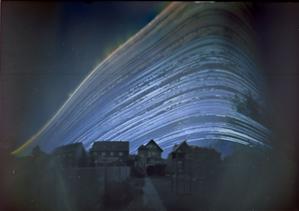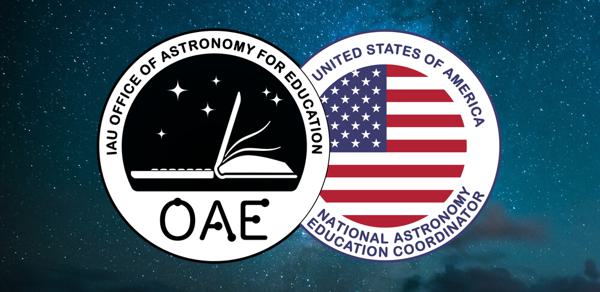Glossary term: 晝夜平分點
Description: 晝夜平分點(春分和秋分)是太陽在其年度黃道運行中穿越天球赤道的時刻。該詞源自拉丁語“aequinoctium”,其中“aequus”意為“相等”,“nox”(屬格形式為“noctis”)意為“夜晚”。在晝夜平分點這一天,不僅僅是接近赤道的區域,全球的晝夜長度大致相等。對於地球上的觀察者,太陽在這一天從正東方升起,沿著天球赤道的路徑運行,最後在正西方落下。每年有兩次晝夜平分點,春分大約在3月20日,秋分在9月23日。在3月的春分,太陽看起來開始向北半球移動;而在9月的秋分,太陽看起來則向南半球移動。
Related Terms:
See this term in other languages
Term and definition status: The original definition of this term in English have been approved by a research astronomer and a teacher The translation of this term and its definition is still awaiting approval
This is an automated transliteration of the simplified Chinese translation of this term
The OAE Multilingual Glossary is a project of the IAU Office of Astronomy for Education (OAE) in collaboration with the IAU Office of Astronomy Outreach (OAO). The terms and definitions were chosen, written and reviewed by a collective effort from the OAE, the OAE Centers and Nodes, the OAE National Astronomy Education Coordinators (NAECs) and other volunteers. You can find a full list of credits here. All glossary terms and their definitions are released under a Creative Commons CC BY-4.0 license and should be credited to "IAU OAE".
If you notice a factual or translation error in this glossary term or definition then please get in touch.
Related Media
每月日落的地方
Credit: John Paul Pile/IAU OAE (CC BY 4.0)
License: CC-BY-4.0 Creative Commons 姓名標示 4.0 國際 (CC BY 4.0) icons
太陽的軌跡
Credit: Frank Niessen/IAU OAE (CC BY 4.0)
License: CC-BY-4.0 Creative Commons 姓名標示 4.0 國際 (CC BY 4.0) icons
日至和日分
Credit: 通奇·特澤爾/國際天文學聯合會教育辦公室 (CC BY 4.0)
License: CC-BY-4.0 Creative Commons 姓名標示 4.0 國際 (CC BY 4.0) icons
西落幅度
Credit: Marcella Giulia Pace/IAU OAE (CC BY 4.0)
License: CC-BY-4.0 Creative Commons 姓名標示 4.0 國際 (CC BY 4.0) icons
Related Diagrams
雙魚座星圖
Credit: 國際天文學聯合會天文教育辦公室(IAU OAE)根據國際天文學聯合會和《天空與望遠鏡》的原文改編
License: CC-BY-4.0 Creative Commons 姓名標示 4.0 國際 (CC BY 4.0) icons













